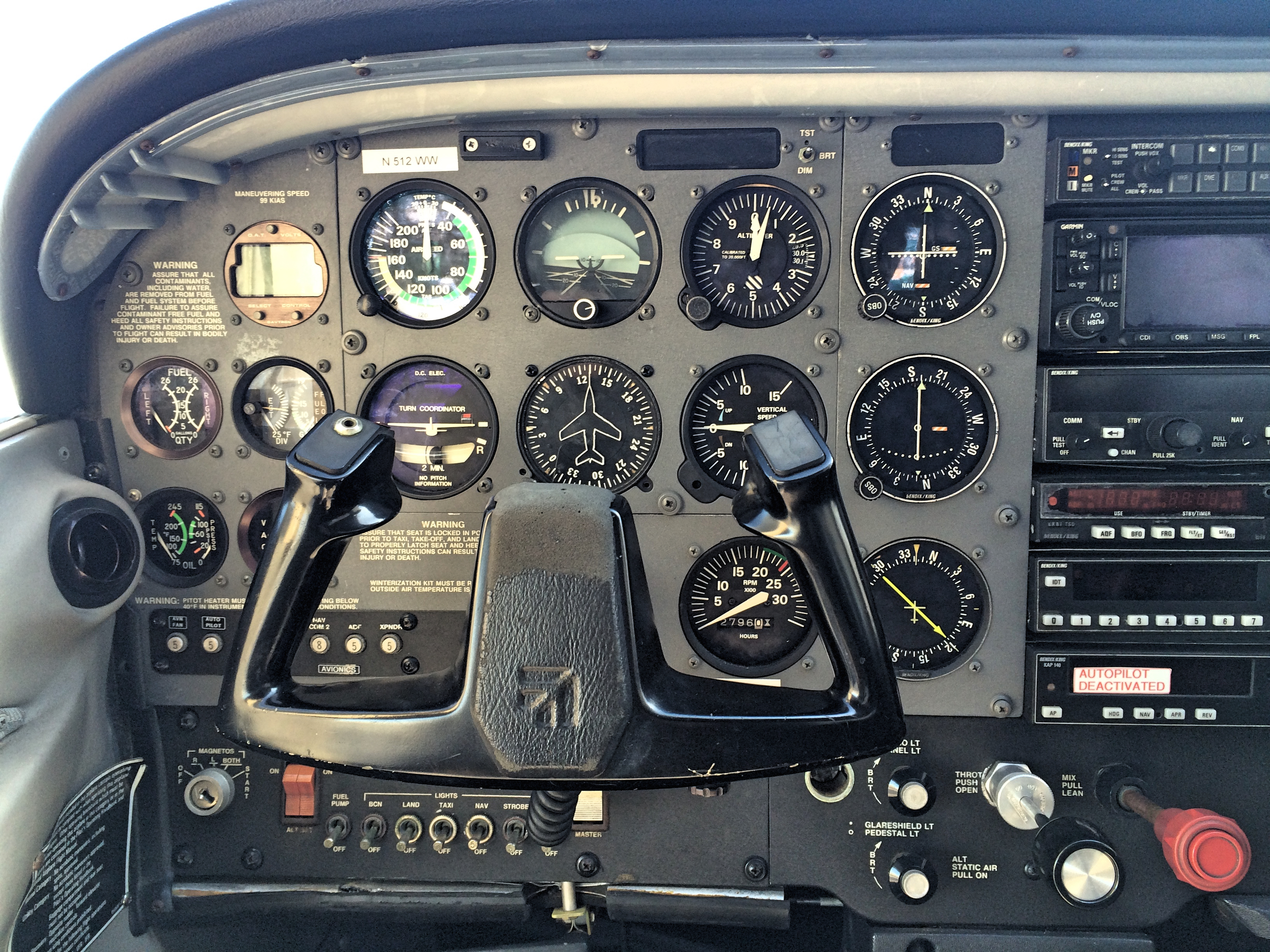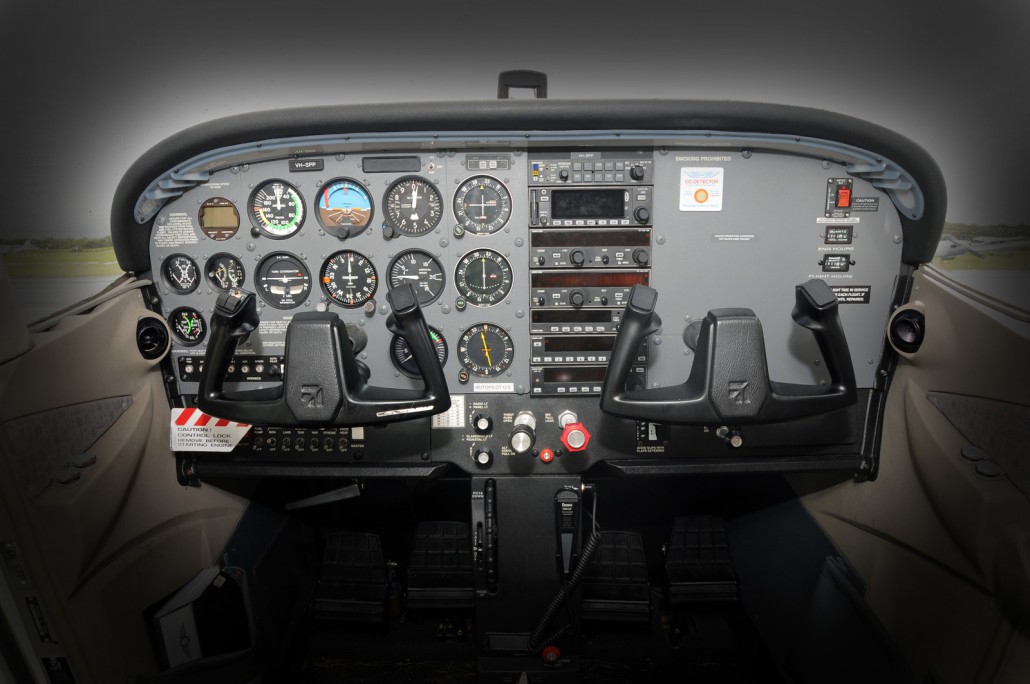

- #CESSNA 172 COCKPIT BUSSES FULL#
- #CESSNA 172 COCKPIT BUSSES REGISTRATION#
- #CESSNA 172 COCKPIT BUSSES SERIES#
The electric stall warning horn was replaced by a pneumatic one. A new cowling was used, introducing shock-mounts that transmitted lower noise levels to the cockpit and reduced cowl cracking. It also introduced a shorter-stroke nose gear oleo to reduce drag and improve the appearance of the aircraft in flight. The 1967 model 172H was the last Continental O-300 powered model. The aircraft is now on display at the airport. The flight was part of a fund-raising effort for the Damon Runyon Cancer Fund. They took off from McCarran Field (now Harry Reid International Airport) in Las Vegas, Nevada, and landed back at McCarran Field after 64 days, 22 hours, 19 minutes and 5 seconds in a flight covering an estimated 150,000 miles, over 6 times further than flying around the world at the equator.
#CESSNA 172 COCKPIT BUSSES REGISTRATION#
Operational history World records The record-setting 1958-built Cessna 172įrom December 4, 1958, to February 7, 1959, Robert Timm and John Cook set the world record for (refueled) flight endurance in a used Cessna 172, registration number N9172B. The 172 has also been equipped with the 180 hp (134 kW) fuel injected Superior Air Parts Vantage engine. Other modifications include additional fuel tank capacity in the wing tips, added baggage compartment tanks, added wheel pants to reduce drag, or enhanced landing and takeoff performance and safety with a STOL kit. Available STC engine modifications increase power from 180 to 210 hp (134 to 157 kW), add constant-speed propellers, or allow the use of automobile gasoline. The Cessna 172 may be modified via a wide array of supplemental type certificates (STCs), including increased engine power and higher gross weights. Cessna supplemented this in 1998 with the 180 hp (135 kW) Cessna 172S Skyhawk SP. Production halted in the mid-1980s, but resumed in 1996 with the 160 hp (120 kW) Cessna 172R Skyhawk. Cessna advertised this added rear visibility as " Omni-Vision". The final aesthetic development, found in the 1963 172D and all later 172 models, was a lowered rear deck allowing an aft window.

In 1960, the 172A incorporated revised landing gear and the swept-back tailfin, which is still in use today. Įarly 172s were similar in appearance to the 170s, with the same straight aft fuselage and tall landing gear legs, although the 172 had a straight tailfin while the 170 had a rounded fin and rudder.
#CESSNA 172 COCKPIT BUSSES FULL#
The 172 became an overnight sales success, and over 1,400 were built in 1956, its first full year of production. Later, the 172 was given its own type certificate. To reduce the time and cost of certification, the type was added to the Cessna 170 type certificate as the Model 172. Although the variant was tested and certified, Cessna decided to modify it with a tricycle landing gear, and the modified Cessna 170C flew again on June 12, 1955. In January 1955, Cessna flew an improved variant of the Cessna 170, a Continental O-300-A-powered Cessna 170C with larger elevators and a more angular tailfin. The Cessna 172 started life as a tricycle landing gear variant of the taildragger Cessna 170, with a basic level of standard equipment.
#CESSNA 172 COCKPIT BUSSES SERIES#
The aircraft remains in production today.Ī general aviation airplane, the Skyhawk's main competitors have been the Beechcraft Musketeer and Grumman AA-5 series (neither currently in production), the Piper Cherokee, and, more recently, the Diamond DA40 and Cirrus SR20.ĭesign and development A 1960 Cessna 172A Early Cessna 172s, like this 1957 model, had a " fastback" rear cabin with no rear window and featured a "square" fin design. Cessna delivered the first production model in 1956, and as of 2015, the company and its partners had built more than 44,000 units. Measured by its longevity and popularity, the Cessna 172 is the most successful aircraft in history. The Skyhawk name was originally used for a trim package, but was later applied to all standard-production 172 aircraft, while some upgraded versions were marketed as the Cutlass.

It was developed from the 1948 Cessna 170 but with tricycle landing gear rather than conventional landing gear. First flown in 1955, more 172s have been built than any other aircraft. The Cessna 172 Skyhawk is an American four-seat, single-engine, high wing, fixed-wing aircraft made by the Cessna Aircraft Company.


 0 kommentar(er)
0 kommentar(er)
